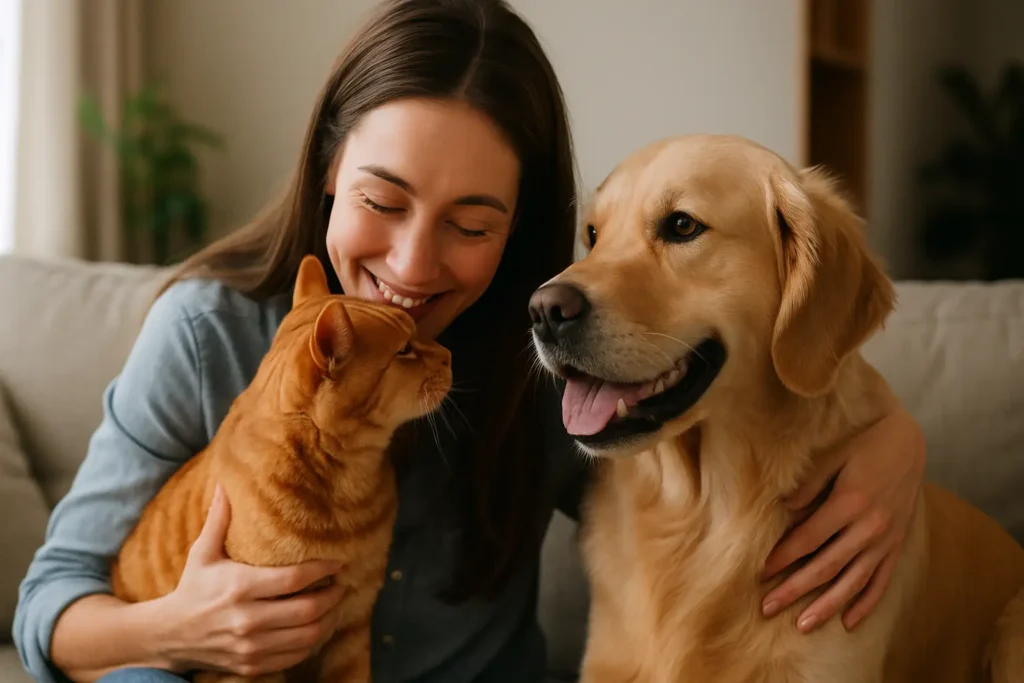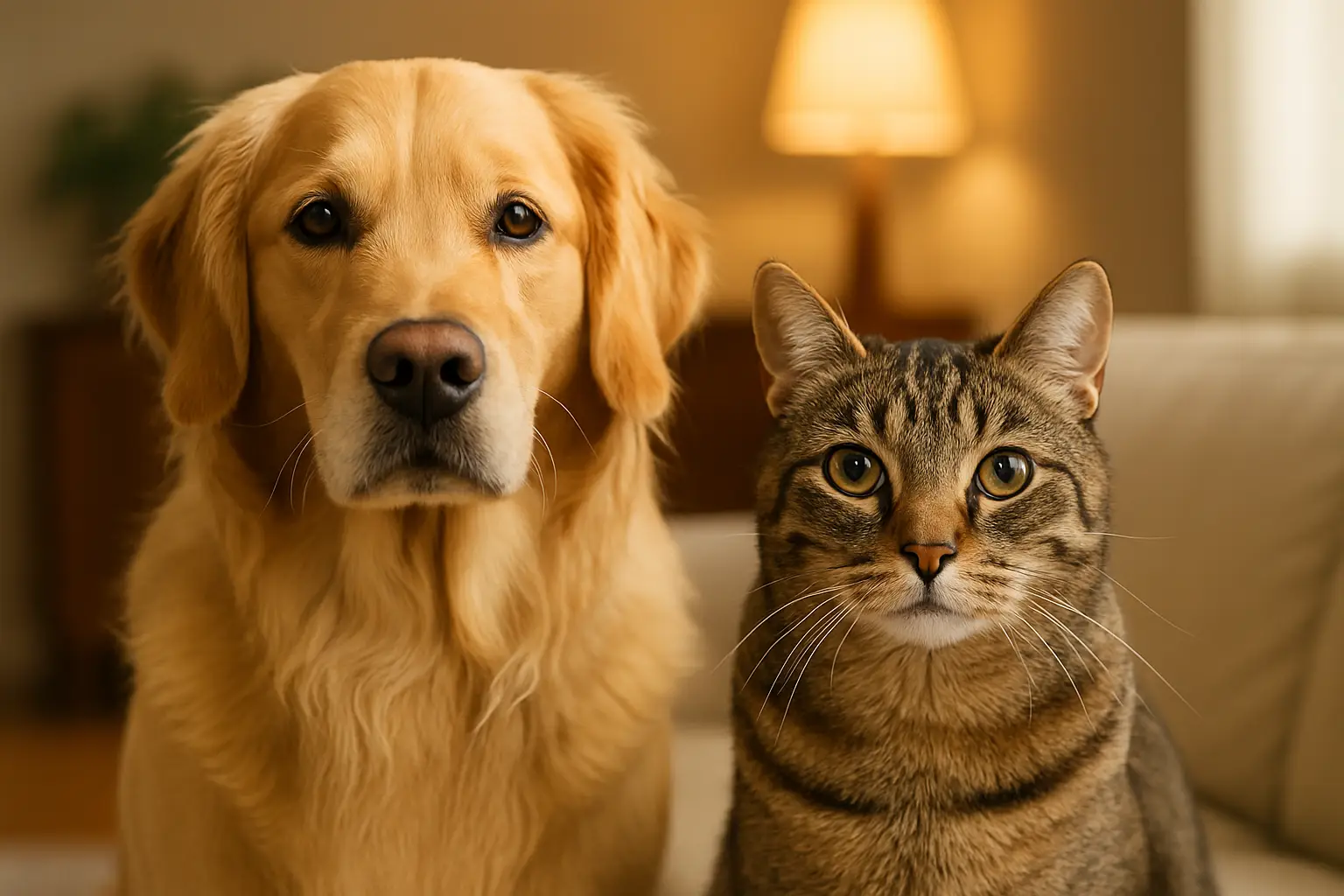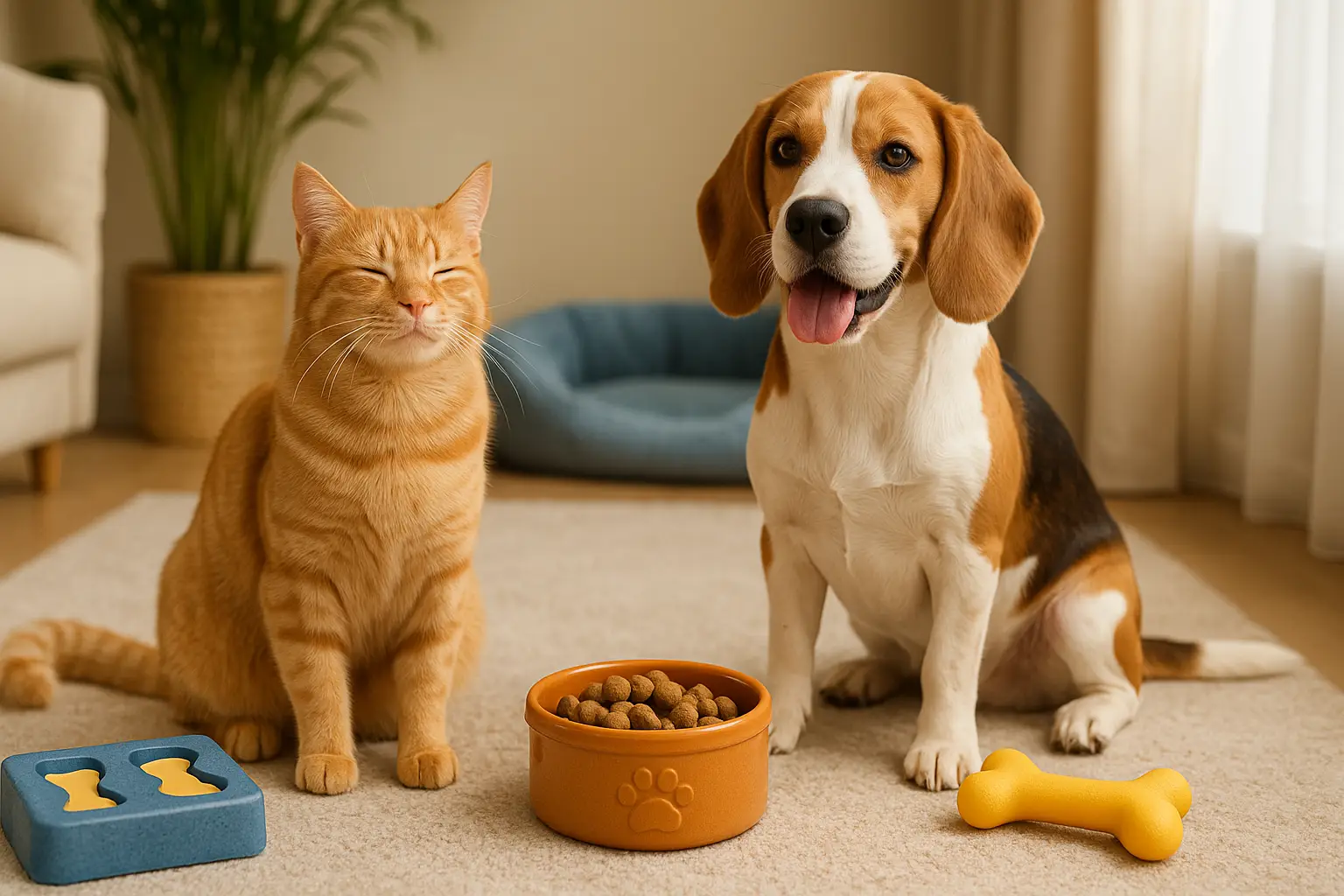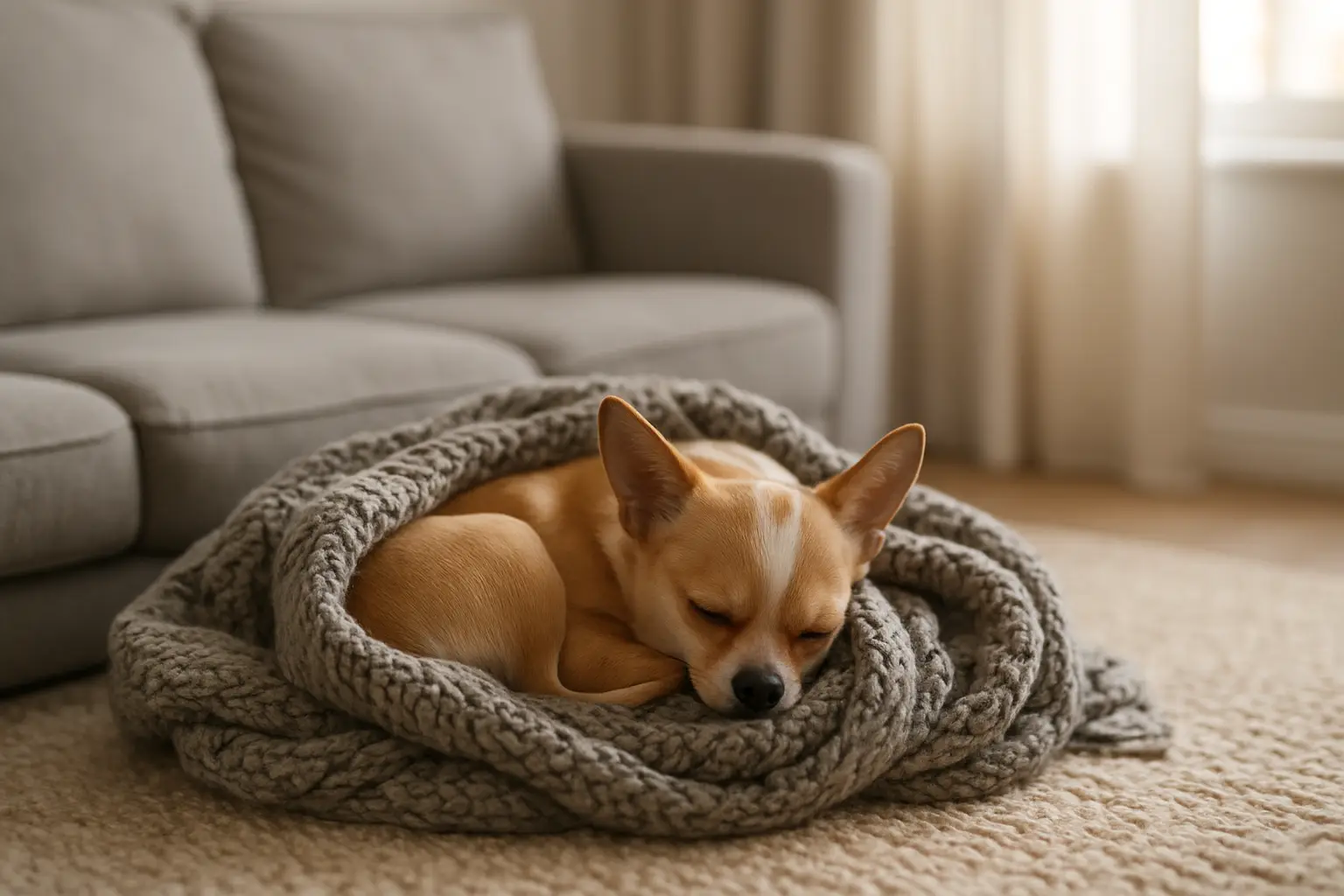How to Build a Daily Bonding Routine with Your Pet
Bonding with your pet doesn’t happen all at once—it grows through consistent, loving interactions woven into your everyday routine. Whether you’re living with a dog, cat, or both, building a strong relationship is essential for their emotional well-being and your mutual happiness.
But bonding isn’t just about cuddles. It’s about communication, structure, play, trust, and presence. A well-designed bonding routine with pets makes your animal feel secure, loved, and included—day in and day out.
In this article, you’ll learn how to develop a structured, fulfilling daily bonding routine with your dog or cat that adapts to your lifestyle and strengthens your relationship for life.

Why Bonding Routines Matter
Pets are creatures of habit. They interpret the world through repeated experiences, and the quality of your relationship is built over time—not in isolated moments.
Benefits of a Strong Pet Bond:
- Increases trust and loyalty
- Reduces separation anxiety and behavior issues
- Improves response to training
- Encourages calmness and cooperation
- Deepens emotional connection and mutual confidence
When pets feel secure, understood, and prioritized, they become more affectionate, obedient, and balanced.
Step 1: Understand Your Pet’s Personality
Before building a bonding routine, it’s important to learn how your pet prefers to connect.
Dogs:
- Thrive on shared activity, physical closeness, and vocal communication.
- Need consistent routines and gentle leadership.
- Bond best through play, training, and daily walks.
Cats:
- Value consistency, space, and gentle touch.
- Prefer bonding through routine, proximity, and play initiated on their terms.
- Enjoy brief but meaningful interactions throughout the day.
Tailoring your bonding style to your pet’s temperament is key to building trust.
Step 2: Create a Daily Bonding Schedule
Consistency builds comfort. Aim for 3–5 intentional bonding moments each day, varying in length and intensity.
Suggested Daily Bonding Touchpoints:
| Time | Activity Type |
|---|---|
| Morning | Greeting, feeding, light petting |
| Midday | Short play or walk |
| Afternoon | Training or cuddle session |
| Evening | Play or brushing |
| Bedtime | Calm closeness or talk |
These moments create emotional “checkpoints” throughout the day, reinforcing your presence as safe and loving.
Step 3: Make Feeding Time Interactive
Feeding is one of the most powerful bonding rituals you can offer.
Tips:
- Make eye contact while preparing the food.
- Use calm, positive language.
- Ask for a cue (sit, wait) before allowing them to eat.
- Offer occasional hand-fed treats to reinforce connection.
Cats may prefer quiet, consistent feeding areas, while dogs enjoy the ceremony of waiting for food.
Step 4: Use Daily Walks as Connection Time (Dogs)
Walks aren’t just potty breaks—they’re shared experiences filled with bonding potential.
How to bond on walks:
- Walk without distractions (put your phone away).
- Let your dog sniff—it’s how they process the world.
- Talk calmly and frequently.
- Use leash guidance gently to build trust.
Try exploring new routes occasionally to introduce novelty while maintaining routine.
Step 5: Engage in Play with Purpose
Play is how animals express joy and release stress.
For Dogs:
- Tug-of-war
- Fetch with eye contact and praise
- Hide-and-seek with toys or yourself
For Cats:
- Wand toys to simulate prey
- Laser pointer with a “catch” toy at the end
- Crumpled paper balls or moving objects
Short, intense play sessions (5–15 minutes) repeated daily can deeply enhance your bond.
Step 6: Talk to Your Pet—Yes, Really
Your voice is a major source of comfort and bonding. Pets may not understand every word, but they read tone, rhythm, and energy.
- Narrate your actions (“Let’s get your dinner!”)
- Use soft tones to soothe
- Praise consistently (“Good job!” or “Thank you for waiting”)
Cats may prefer softer, slower speaking, while dogs often respond better to upbeat, encouraging tones.
Step 7: Practice Touch and Grooming
Physical touch, when done right, builds deep trust.
Dogs:
- Gentle ear rubs, chest scratches, back rubs
- Respect boundaries—don’t force hugs
- Use grooming as bonding (brushing, wiping paws)
Cats:
- Chin scratches, behind ears, gentle strokes along the spine
- Use a soft grooming glove or brush
- Stop if the cat flattens ears, twitches tail, or walks away
Touch helps reduce cortisol (the stress hormone) and increase oxytocin (the bonding hormone) in both pets and humans.
Step 8: Train Gently and Regularly
Training is one of the most effective bonding tools available.
- Use positive reinforcement: treats, toys, praise
- Keep sessions short (5–10 minutes)
- Celebrate small wins: “sit,” “come,” “touch,” or “stay”
- Practice daily to keep skills fresh and connection strong
For cats, use clicker training or reward-based cues like “high five” or “come here.”
Step 9: Create a Relaxed Shared Space
Pets bond through proximity—not just interaction.
Designate a daily quiet moment to be close:
- Reading on the couch while your pet lies beside you
- Watching a movie with your pet in your lap or near your feet
- Sitting on the floor while your cat lies on the rug nearby
No words needed—just presence.
Step 10: Include Your Pet in Daily Life
Let your pet feel included in your routines:
- Talk while doing chores
- Let them follow you room to room
- Bring them along (if safe) on errands or car rides
- Create a cozy workspace for your pet near your desk
Inclusion builds belonging, which strengthens emotional bonds.
Step 11: Respect Boundaries
Forcing affection can damage trust—especially with cats or shy pets.
- Allow your pet to initiate some interactions
- Watch for signs of overstimulation or fatigue
- Never discipline your pet during bonding activities
Respect earns deeper connection.
Step 12: End Each Day with Connection
Bedtime rituals help pets feel safe, calm, and loved.
Try:
- A final potty break or litter scoop
- Gentle massage or brushing
- Saying goodnight with their name and soft tone
- Turning off lights at a consistent time
A strong bedtime bond helps your pet sleep better—and feel more connected the next morning.
Special Tips for Cats
Cats form bonds differently than dogs. Respect, routine, and observation are key.
- Let your cat approach first
- Avoid staring directly—blink slowly instead
- Sit at their level to appear less intimidating
- Use scent items (your shirt, soft blanket) to build familiarity
💡 Bonus: Create elevated spaces and hiding spots—they offer security and independence, which supports bonding.
Special Tips for Dogs
Dogs love guidance, praise, and being near their humans.
- Be predictable with rules and schedules
- Celebrate achievements with energy and excitement
- Offer variety in walks, toys, and games
- Make eye contact regularly to build emotional awareness
Dogs often bond strongest with the person who feeds, trains, and exercises them most consistently.
Signs of a Strong Pet Bond
How do you know it’s working? Look for:
- Follows you from room to room
- Relaxed posture in your presence
- Responds to your voice or name
- Sleeps near you
- Offers physical affection or playful gestures
The bond you build daily shows in your pet’s confidence, calmness, and happiness.
When Bonding Takes Time
Some pets need extra patience—especially rescues, seniors, or those with trauma. Go slowly.
- Build predictable routines first
- Use soft voice and low-energy touch
- Allow quiet companionship
- Avoid overwhelming them with loud environments
Consistency will win, even if it takes weeks or months.
Example Daily Bonding Routine
| Time | Bonding Activity |
|---|---|
| 7:00 AM | Morning greeting and breakfast |
| 9:00 AM | Short walk or play session |
| 12:00 PM | Petting or brushing |
| 4:00 PM | Training or treat puzzle |
| 7:00 PM | Play or cuddle session |
| 10:00 PM | Gentle goodnight and rest space |
Even 5–10 minutes of focused bonding at each point creates lasting emotional depth.
Final Thoughts: Love Is in the Routine
Love isn’t built in grand gestures—it’s built in the quiet, consistent moments you choose to show up. A strong bonding routine with pets isn’t about doing more. It’s about doing the right things, every day, with care.
Your pet doesn’t need a perfect owner—they need one who sees them, listens to them, and shares life with them. With this kind of structured connection, you’ll build a lifelong friendship rooted in trust, joy, and belonging.




Post Comment